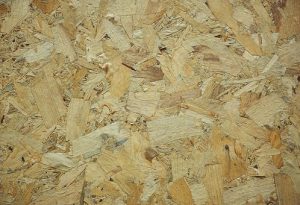Main Types of Walls
There are different types of walls that you can choose for your commercial or residential building. They include residential, walls, commercial and institutional walls. You should choose a structure that is capable of providing the level of insulation needed. They are well-designed to offers optimized thermodynamic properties making them ideal for various types of climates. For instance, you can use them within cold, hot humid, subarctic, very cold and other climates that require challenging insulation. Let’s have a look at the major types of walls available in the market.
Residential Walls

A residential wall is a great option that utilizes many insulated substances. They are known for their interior cavities. These options include foam, cellulose, polystyrene, and fiberglass. These walls have a framing that consists of a sheathing layer. The main types of sheathing layers are made of foam board, fiberboard particle board e.t.c. The sheathing out section dries first, and it is then followed by sheathing in when these walls are used in construction. In addition to this, they have outside air leakage, vapor and moisture control layers outside the sheathing, all of which that are placed in proper order.
Commercial Walls
The commercial wall is another type of great walls. Some people refer to it as the perfect wall. Their interior is lined with gypsum board just like the institutional walls. In addition to this, they consist of an interior stud cavity which does not contain any insulation. With this structure, steel is used as a thermal conductor making them more efficient when it comes to energy transfer. Again, they have a high framing that makes it more difficult when controlling the wall temperature.

In general, this structure uses its outside layers to provide the insulation needed. Most of the modern designers have started insulating the wall’s exterior to deal with steel framing. This is the best way of providing continuous insulation needed to prevent cold and heat from reaching its framing. The insulation added to the steel wall cavity has also been proven to be effective in reducing sound transfer.
Institution Walls
Designers and architects prefer issuing this wall due to its exceptional durability. Concrete or rock masonry come with air, water, and thermal control layers that make it more adaptable to various types of climates. When properly installed, this wall can last for generations or hundreds of years.

